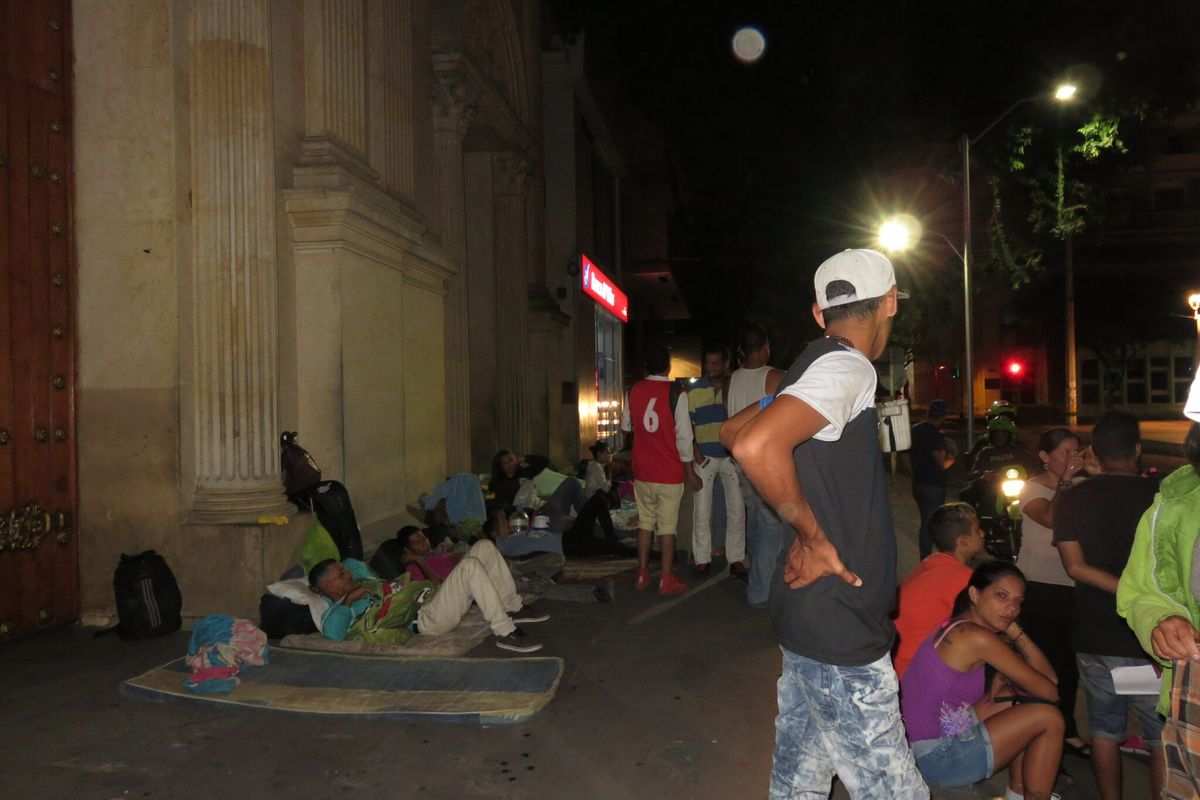There should be no doubt that the current round of negotiations between the Colombian government and the Revolutionary Armed Forces of Colombia (FARC) is a major step toward a full peace agreement. It provides for accountability for past crimes on both sides, even though the details still remain to be worked out, and it sets a deadline for a completed agreement, even though the FARC has since contested it.
The focus now turns to working out the details of a final agreement, but as any negotiator knows, the devil is in the details. In addition, we will hear remonstrances from the FARC—that’s not “what they really meant” or “really agreed to,” such as with the deadline. All this is to be expected, and, if anything, it reflects the bumpy cohesion within the rebel group. The Colombian government needs to keep its and the FARC’s nose to the grindstone and move resolutely to the final agreement within six months. That is much later than the May or October deadline that the government originally set for itself, in order to tie a referendum to the October local elections. But the fact is that a rabbit was pulled out of the hat in October when the six-month deadline was set and both parties (President Juan Manuel Santos and FARC’s Timoléon Jiménez “Timoshenko,” who had never been seen before) shook hands on it.
But what if? There are several broken steps on the way to the top that may cause the negotiators to trip. The first could be a last minute withdrawal from the process by the FARC, either by central leadership or by some regional lieutenants. In and of itself, the central leadership, headed by Timoshenko, is committed and has pulled recalcitrant lieutenants (or less) to order in recent past. The leaders are committed because they are publically committed; that handshake means something.
More important, they are committed to an entirely new strategy. After seeing the campaign to revolutionize society and provide for rural reform collapse beneath the military forces of previous President Alvaro Uribe (led by then-Defense Minister Santos), the FARC decided not to give up its goals but to radically change its means. They now want to achieve rural reform through political means, confident that voters they organize will bring them to at least local power. A return to military revolt would require a rebellion of local leaders against the consolidated leadership and a renunciation of the new strategy. It is simply unlikely. The most that can be expected is the holdout of a few local militias in remote regions. Anti-government rebellions are overcome when the rebel and government leaders make common cause against recalcitrant rebel elements.
This does not mean that agreement on all points is on the table now and needs only to be typed out. Devilish details and real “small” difference still remain. But there is a commitment to come out of the tunnel.
The government side is also not solidly united. The Uribistas still launch poisoned darts at the whole process, claiming that the military successes of the previous decade could be, or have been, carried to an end and the insurgency destroyed. The claim is nonsense, as is the fear that a political role for FARC would lead to a Venezuelan future. Most people recognize that. There will be Uribista opposition, fueled by the personal feud between Uribe and Santos, but followed by many who do not understand the need to bury the war, the depth of the opportunity, and the catastrophe of failure.
The government has not been effective and concentrated enough to get that message across, but the space is still there to do so. In particular, the handshake on an agreement that provides for accountability for rebel excesses does carry weight against the nay-sayers. If an agreement is not reached, it means the return of one of the—if not the—most modern Latin American economies and societies to rural rebellion and anarchy, which would eat out the guts of the country. In Colombia, that understanding is sinking in.








